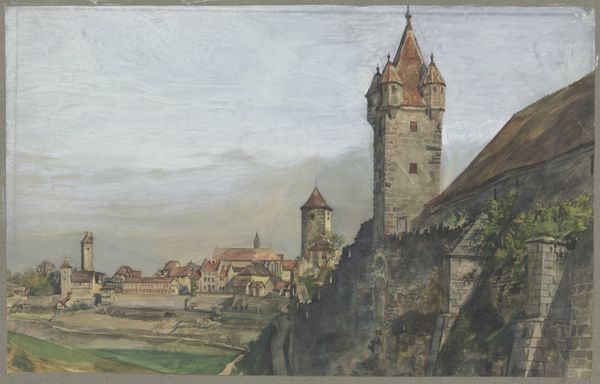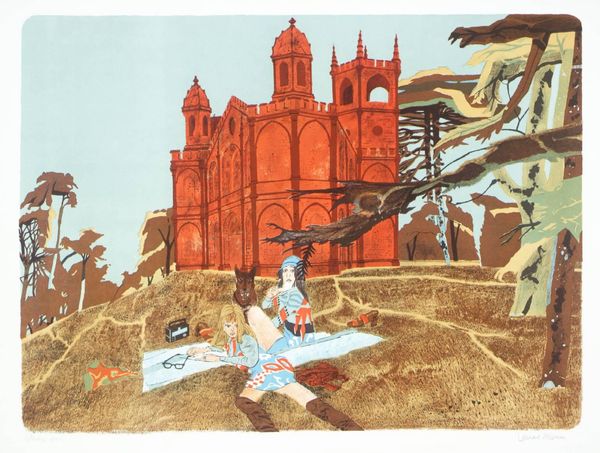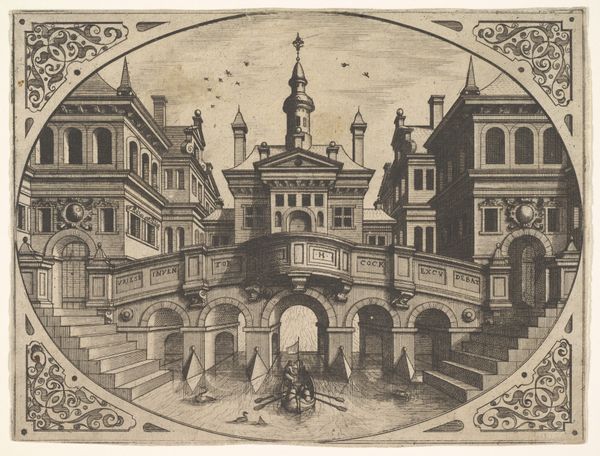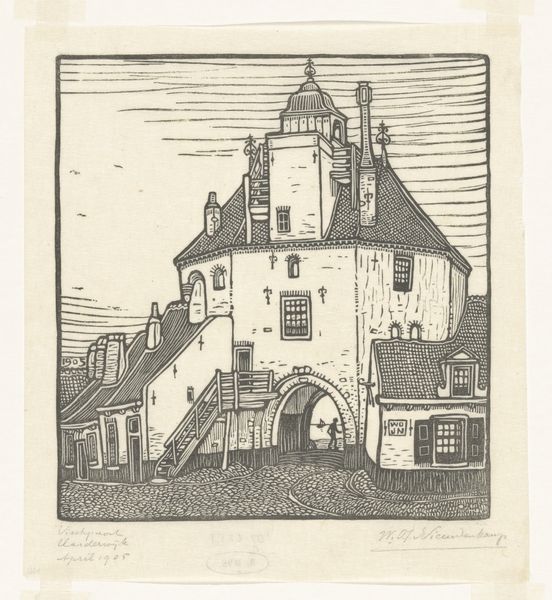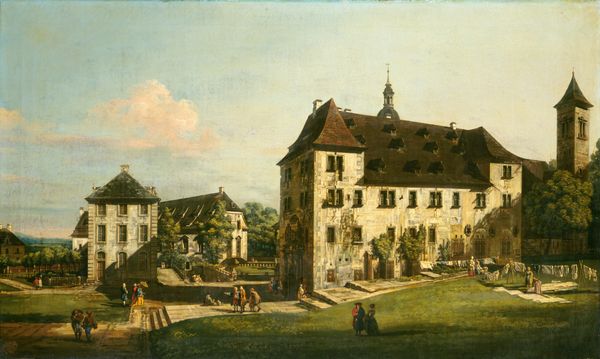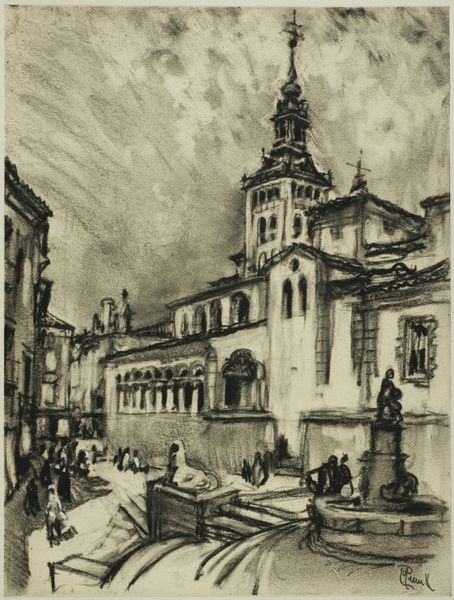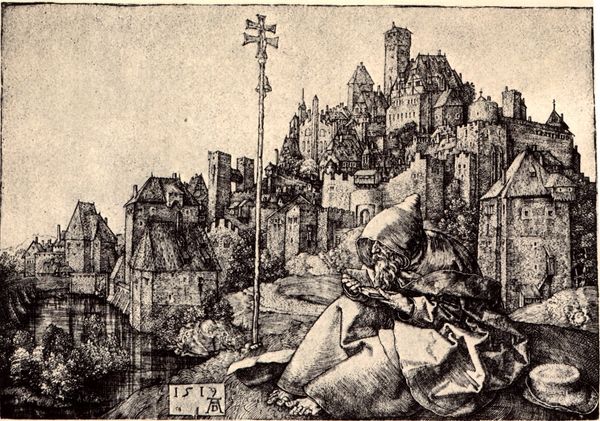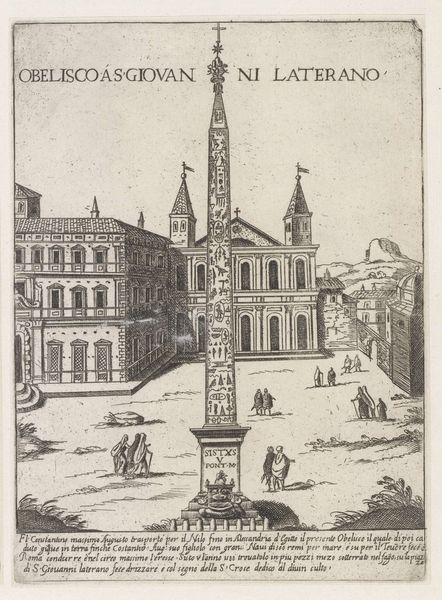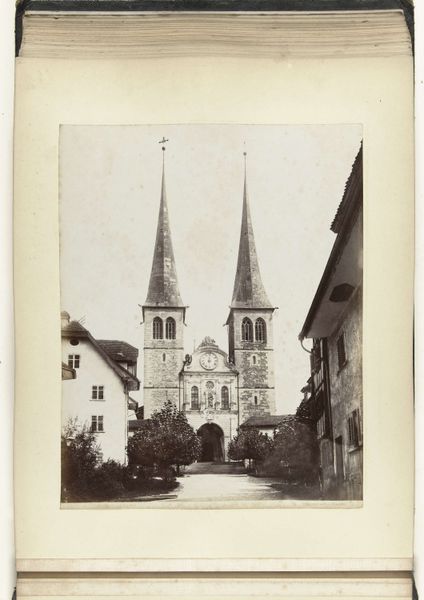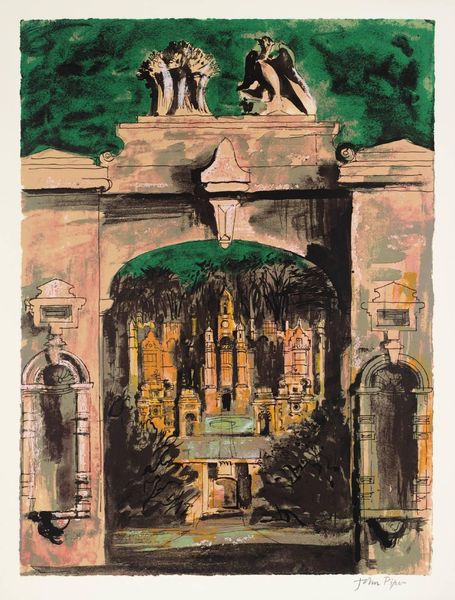
Upper Austria, Stift St. Florian (A Guide To Austria For Extraterrestrial Beings No. 4) 1965
0:00
0:00
mixed-media, collage
#
mixed-media
#
collage
#
appropriation
#
fantasy-art
#
pop-art
Dimensions: 27 x 26 cm
Copyright: Christian Attersee,Fair Use
Editor: This is "Upper Austria, Stift St. Florian (A Guide To Austria For Extraterrestrial Beings No. 4)" created in 1965 by Christian Attersee, using mixed-media collage. I am struck by how dreamlike it is - this fantastical creature juxtaposed with what looks like a very traditional building. What do you see in this piece? Curator: Well, first off, the title is crucial. It's not just a scene; it's explicitly a guide for extraterrestrials. That reframes everything. We are not looking at Austria, an alien is, potentially influencing our perception of its visual history and social constructs through the act of viewing. Attersee is playfully questioning whose gaze defines "Austria." Consider also that collage became extremely popular with Surrealist and Dadaist movements; are there societal upheavals Attersee could be referencing? Editor: Interesting! I hadn't thought of it as questioning whose version of Austria we are seeing. So you are saying the mixed media points to the fracturing happening within Austria at this time? Curator: Perhaps. Appropriation of existing images is key here too. By combining a recognizable Austrian landmark with something completely absurd, Attersee creates friction, questioning established views of Austrian identity. Why this building? Why these figures? It’s political. Are the buildings symbols of oppressive cultural institutions? How would pop art play into this in your opinion? Editor: Well pop-art questioned the elite artworld, making it more approachable for a wide audience, Attersee's mixture of high-brow culture mixed with seemingly unrelated objects really allows a non-expert like myself a point of entry into viewing the artwork. So this artwork reflects a society constantly reinventing itself, even while holding on to traditional imagery? Curator: Precisely. The collage implies disruption and change, a dialogue between past and present, familiar and strange. It reveals an artist challenging our understanding of national identity through the politics of imagery and what is viewed to be historically important to its collective image. Editor: This has given me a completely different way of thinking about Austrian art. I was viewing this work merely through an aesthetic lens, but I really understand now the complex ways culture can be conveyed!
Comments
No comments
Be the first to comment and join the conversation on the ultimate creative platform.


